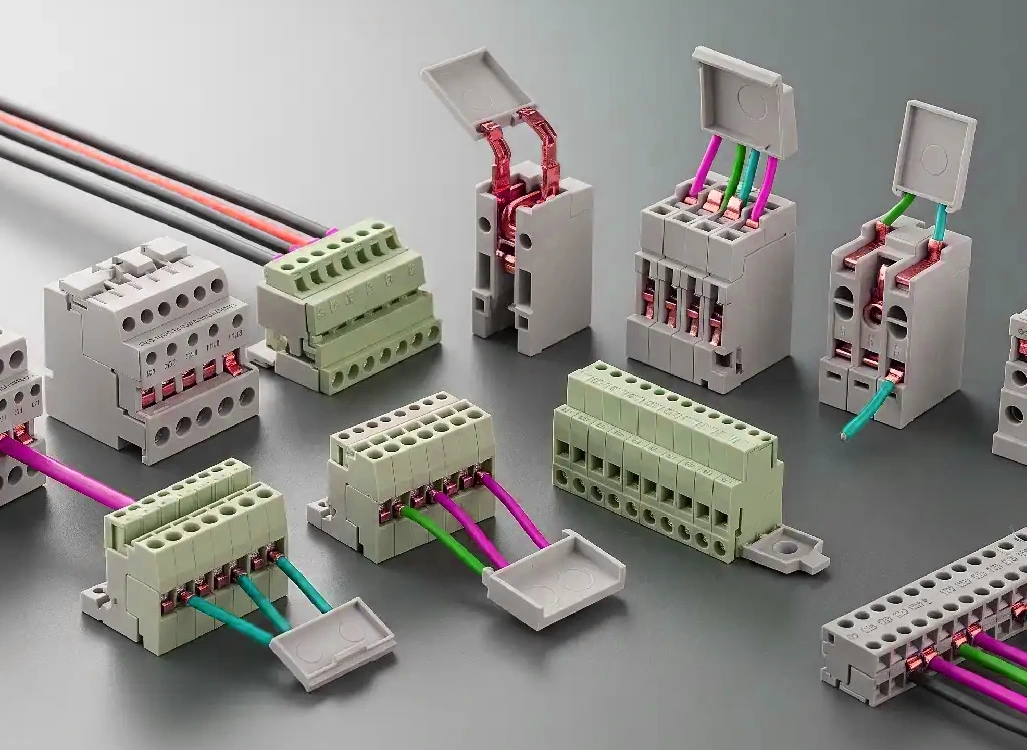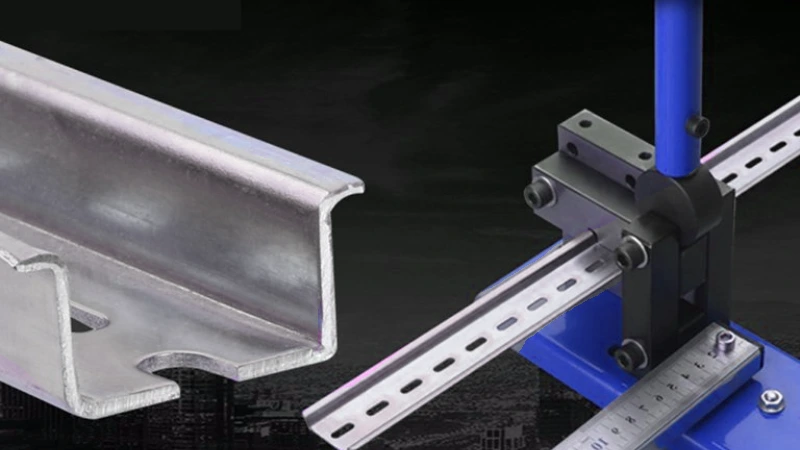When it comes to electric heating, terms like “PTC heater” and “ceramic heater” are often used, sometimes interchangeably, causing confusion. While both involve ceramic, they utilize different principles that impact performance and safety. Understanding these distinctions is crucial for choosing the right heating solution.
This guide will clarify the fundamental differences between PTC heaters and general ceramic heaters. We’ll explore their unique operational mechanisms, contrasting their safety features, efficiency, and typical applications to help you make an informed decision for your heating needs.
What are PTC Heaters?
A PTC heater is an electric heating device that leverages a unique ceramic material with a Positive Temperature Coefficient (PTC). The defining characteristic of this ceramic is its ability to automatically regulate its own temperature: as it heats up, its electrical resistance significantly increases, which in turn reduces the current flow and limits further heat generation.
This inherent self-regulating mechanism eliminates the need for external thermostats or complex control circuits to prevent overheating, making PTC heaters remarkably safe, energy-efficient, and durable for a wide array of applications.
What are Ceramic Heaters?
“Ceramic heater” is a broad term that generally refers to an electric heater using a ceramic material as part of its heating element. In many modern consumer space heaters, this ceramic element is specifically a PTC (Positive Temperature Coefficient) ceramic, which provides self-regulating safety and efficiency.
However, the term can also encompass heaters where resistive wires are embedded in or wound around a ceramic block, with the ceramic primarily acting as a durable medium to conduct and radiate heat. These types rely on external thermostats and safety cut-offs, rather than the inherent self-regulation of a PTC element, to prevent overheating.
PTC Heater vs Ceramic
When exploring electric heating options, “PTC heater” and “ceramic heater” often appear. While both utilize ceramic, their underlying heating principles and resulting safety, efficiency, and performance characteristics vary significantly, influencing their optimal applications.
Core Heating Principle
PTC heaters utilize a special semiconducting ceramic whose electrical resistance rapidly increases as it heats up. This “Positive Temperature Coefficient” property means the material inherently self-regulates its temperature, limiting current flow once a certain point is reached. This fundamental material property makes them distinct.
Traditional ceramic heaters (non-PTC) typically use resistance wires (e.g., nichrome) embedded in or coiled around ceramic blocks. The ceramic here acts primarily as a heat transfer medium and insulator, while the wires generate constant heat as long as power is supplied, relying on external controls.
Safety Mechanisms
The self-regulating nature of PTC heaters provides inherent safety. If airflow is blocked or the unit overheats, the element’s resistance spikes, naturally reducing power and preventing dangerous thermal runaway, minimizing fire risk without relying solely on external cut-offs. This makes them intrinsically safer.
Non-PTC ceramic heaters rely on external safety devices like bimetallic thermostats and thermal fuses to prevent overheating. If these components fail, the heater could continue to generate heat uncontrollably, posing a higher risk compared to PTC’s intrinsic, material-level safety features.
Energy Efficiency & Power Output
PTC heaters dynamically adjust power consumption. They draw high power initially for rapid heat-up, then reduce power once the desired temperature is achieved, maintaining it with less energy. This results in efficient operation by only using necessary power, optimizing energy use in fluctuating conditions.
Traditional ceramic heaters typically draw a constant, maximum power when active. They rely on the thermostat cycling the power completely on and off to maintain room temperature, which can lead to slightly less nuanced energy usage compared to PTC’s continuous, self-modulated output.
Heat-Up Time & Temperature Stability
PTC heaters are known for their very fast heat-up times due to low initial resistance, quickly providing warmth. They also maintain a remarkably stable temperature once the self-regulating point is reached, providing consistent and comfortable warmth without wide fluctuations, enhancing user comfort.
While many fan-assisted ceramic heaters can also heat up quickly due to forced air, their temperature stability is primarily governed by the external thermostat cycling power on and off. This can lead to slight temperature swings as the heater fully engages or disengages.
Lifespan & Durability
PTC heaters generally boast a longer lifespan because the self-regulating mechanism reduces thermal stress on the element. They avoid constant high-heat cycling and typically have no moving parts in the heating element itself (beyond fans), leading to less wear and tear and increased reliability.
The continuous full-power heating and reliance on external mechanical thermostats for cycling can potentially cause more thermal stress on the resistive elements and safety components over time. This might impact their overall longevity compared to the inherently gentler operation of PTC elements.
Comparison Table
| Feature | PTC Heater | General Ceramic Heater (Non-PTC) |
| Core Principle | Self-regulating resistance with temperature | Fixed resistance wire embedded in ceramic |
| Safety | Inherently safe (prevents overheating) | Relies on external safety switches (thermostats, fuses) |
| Energy Usage | Dynamically adjusts power; more efficient | Constant power draw; cycles on/off by thermostat |
| Temperature Control | Very stable; self-modulating | Cycles on/off; can have slight fluctuations |
| Lifespan | Generally longer (less thermal stress) | Can be shorter (more thermal stress/cycling) |
How to Choose PTC Heaters and Ceramic Heaters
Choosing between a PTC heater and a general ceramic heater depends heavily on your specific needs, priorities, and budget. While both aim to provide warmth, their underlying technology impacts safety, efficiency, and overall performance. Understanding these distinctions is crucial for making an informed decision that best suits your application.
Consider not just the initial purchase price, but also long-term operating costs, the level of safety desired, and how the heater will be used in your environment. Prioritizing these factors will guide you toward the most appropriate heating solution for comfort and peace of mind.
- Prioritize Safety Features: If inherent safety is paramount, particularly in unattended spaces or where fire risk is a concern, PTC heaters with their self-regulating temperature control are generally the safer choice, as they prevent dangerous overheating.
- Evaluate Heating Speed and Consistency: For rapid, on-demand warmth, both types with a fan can be effective. However, for maintaining a very stable and consistent temperature without significant fluctuations, PTC heaters often offer superior performance due to their continuous self-modulation.
- Assess Energy Efficiency vs. Initial Cost: While PTC heaters might have a slightly higher upfront cost due to their specialized ceramic elements, their self-regulating nature can lead to greater long-term energy savings. Traditional ceramic heaters can be cheaper but may consume more power if not efficiently managed.
- Consider the Application Environment: For small, enclosed spaces or precise temperature control without complex external systems, PTC elements are often ideal. For general room heating, a well-designed ceramic heater might suffice.
- Review Control and Smart Features: Look for models with adjustable thermostats, multiple heat settings, and timers for better control. Smart features like Wi-Fi connectivity and app control can enhance convenience and energy management for either type of heater.
Conclusion
In conclusion, while both PTC and general ceramic heaters utilize ceramic elements, the defining factor is PTC’s inherent self-regulating capability. This core difference impacts their safety, efficiency, and how they manage heat output.
PTC heaters offer superior overheat protection, adjust power consumption dynamically, and provide quick, consistent warmth. Their advanced design ensures reliable and safer operation compared to simpler ceramic heating elements. Ultimately, PTC technology presents a modern, intelligent, and secure heating solution for diverse needs. For high-quality, wholesale PTC heaters, get them from our Linkwell Electrics.




